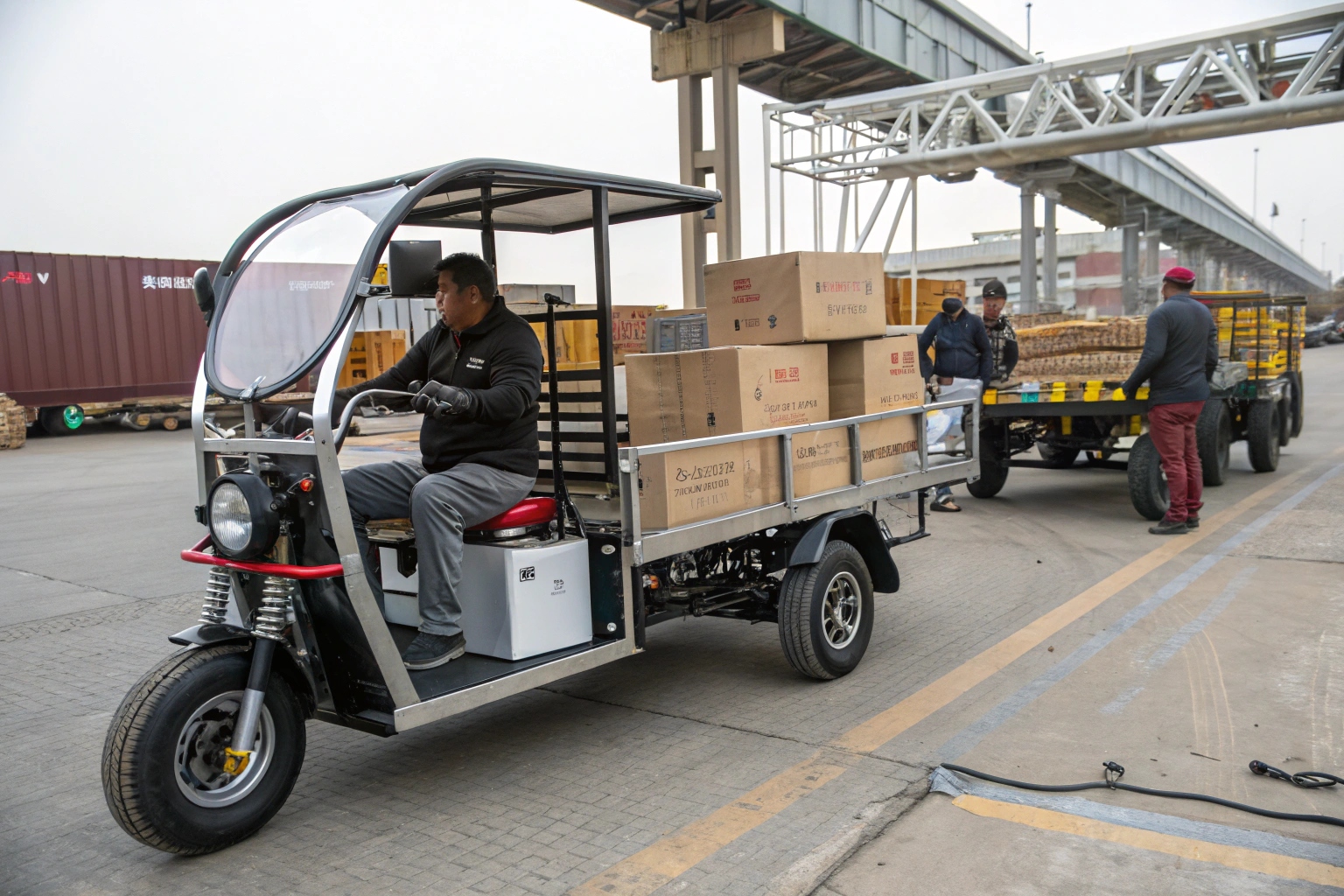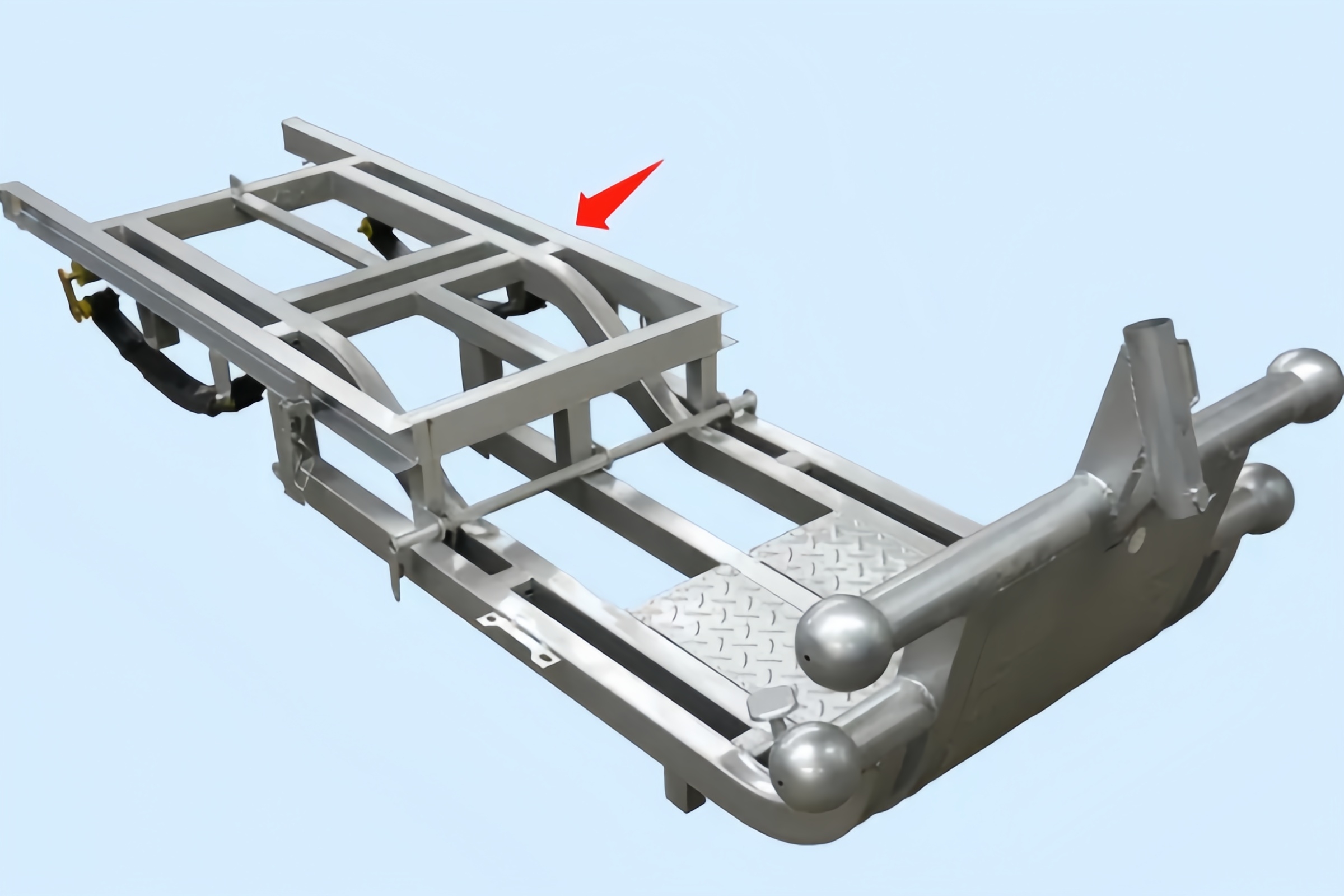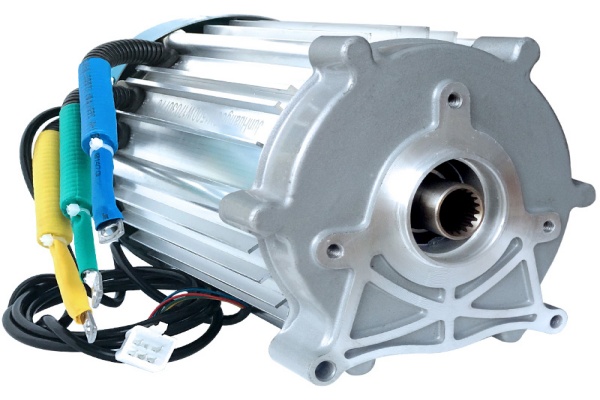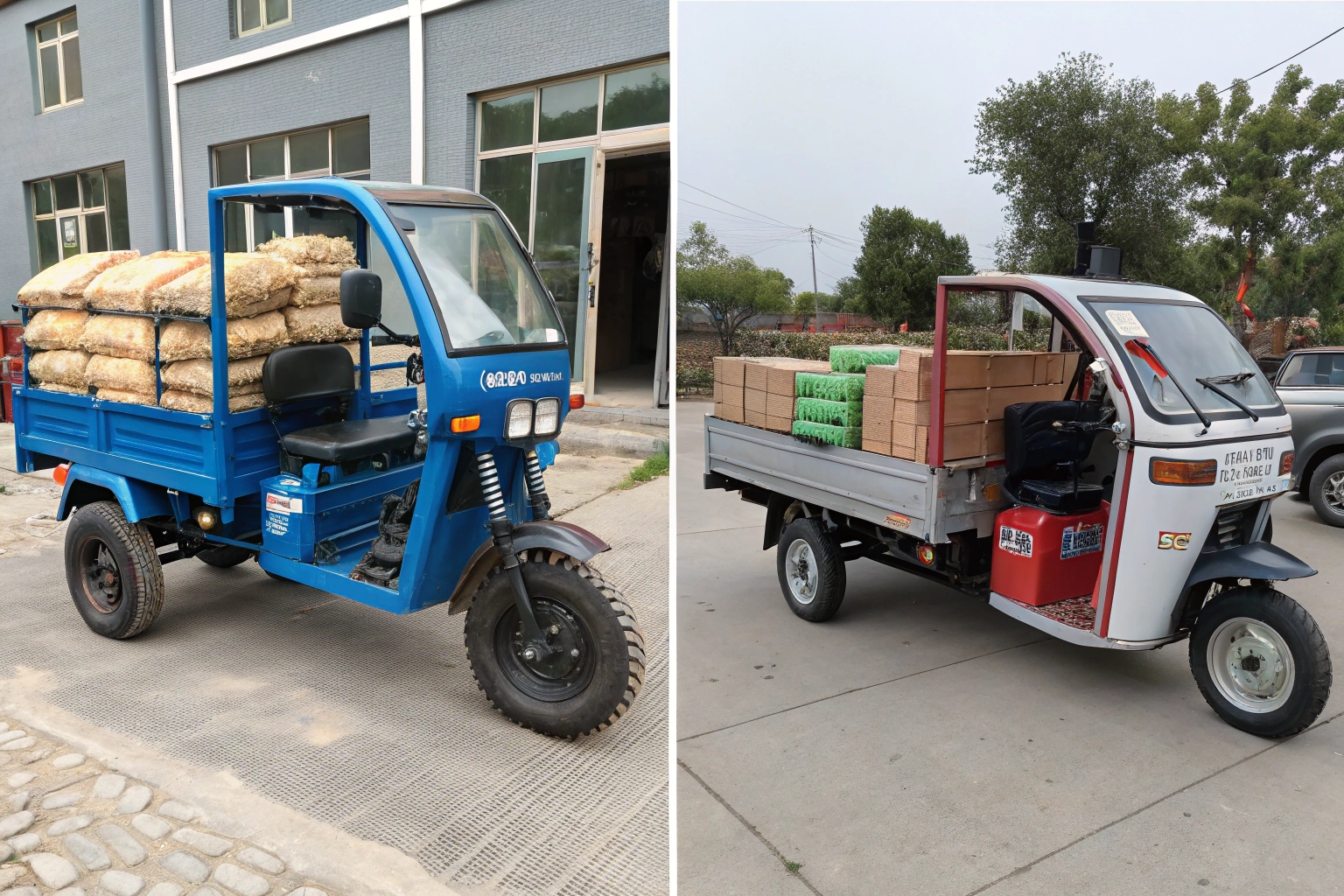Your tricycle struggles uphill with a heavy load, slowing down business. You need a vehicle that can handle the weight you carry every day without failing or slowing to a crawl.
An electric cargo tricycle's loading capacity is determined by its frame design, motor power, battery size, and critical support components like the suspension and tires. A strong, balanced system is essential for carrying heavy loads safely and reliably day after day.

When our B2B clients ask about loading capacity, they often think it's just one number. But it's not that simple. It’s an engineering balance. A tricycle might be rated for 1000kg, but if the motor can't pull it or the frame can't support it on a rough road, that number is meaningless. Let's break down the real factors that make a trike truly strong.
How Does Frame Design Impact Electric Cargo Tricycle Loading Capacity?
A bent frame or a broken weld puts your tricycle out of service. This downtime costs you money, delays deliveries, and hurts the trust your customers have in your business.
A robust frame, built from thick steel with high-quality welds, is the backbone of the tricycle. It is the single most important factor that prevents the vehicle from bending or breaking under heavy loads, ensuring safety and long-term durability.

The frame carries the entire load, so it has to be tough. I’ve seen cheap tricycles from other factories come back with frames that look like bent noodles after just a few months of real work. The problem is usually thin steel or poor welding. At our factory, we use thicker steel tubes for all our heavy-duty models. A strong frame not only supports the static weight but also handles the dynamic stress from bumps, turns, and braking. It’s the foundation of a reliable work vehicle.
Frame Materials and Construction
The thickness of the steel chassis makes a huge difference. A frame made with 2.5mm thick steel can handle significantly more stress than one made with 1.5mm steel.
| Frame Feature | Weak Frame (Low Capacity) | Strong Frame (High Capacity) |
|---|---|---|
| Steel Thickness | 1.5mm or less | 2.5mm or more |
| Сварка | Manual spot welds | Robotic, full-seam welds |
| Reinforcement | Никто | Gussets at key joints |
We use robotic welders for key structural joints to ensure every weld is consistent and strong, which is critical for supporting the advertised load capacity safely.
Why Do Motor Power and Battery Matter for Electric Cargo Tricycle Performance?
Your tricycle is rated for 500 kg, but it crawls on flat ground with that load. The motor is clearly underpowered, making your deliveries slow, inefficient, and unprofessional.
The motor provides the torque to move the weight, while the battery supplies the sustained energy. A powerful motor matched with a high-capacity battery ensures the tricycle can pull heavy loads efficiently without overheating or running out of power quickly.

A strong frame doesn't mean much if the tricycle can't move. The powertrain—the motor and battery—is what brings the capacity to life. I had a client in South Africa who tested two tricycles with the same 800kg load rating. One had a 1200W motor, and the other had a 2000W motor. The 1200W model struggled on small hills, while the 2000W model handled them easily. The motor provides the pulling force (torque). The battery needs to have enough capacity (measured in Amp-hours or Ah) to feed that powerful motor, especially under load. A weak battery will cause the vehicle's range to drop dramatically when you carry a heavy load. It's a team effort; the motor and battery must work together.
Finding the Right Power Balance
- Motor Power (Watts): For light loads up to 500kg, a 1000W-1500W motor is usually sufficient. For heavy-duty work over 800kg, you need to look at 2000W motors or higher.
- Battery Capacity (Ah) and Voltage (V): A higher Ah rating means longer range. We usually pair our high-power motors with 60V or 72V systems and batteries of at least 50Ah to ensure good performance under load.
What Key Components Support an Electric Cargo Tricycle's Load Capacity?
You hit a pothole, and the ride is harsh, shaking your vehicle and damaging your cargo. A weak suspension system and cheap tires simply cannot handle the stress of heavy loads.
The suspension system, especially heavy-duty leaf springs, absorbs shocks and supports the weight. At the same time, durable tires provide stability and grip. These components work together to protect the frame, the cargo, and the driver.

The frame holds the weight, but the suspension and tires are what connect that weight to the road. For our serious agricultural and construction clients, a strong suspension is non-negotiable. It's the difference between a controlled ride and a dangerous one. When you have 1000kg in the cargo box, simple coil shocks are not enough. You need a system designed for trucks. The tires are just as important. An overloaded tire can overheat and blow out, leading to accidents. That’s why we always discuss these supporting components with our clients to match the vehicle to their exact work environment.
Suspension That Works
For any tricycle expected to carry more than 500kg, we recommend a leaf spring suspension. Just like on a pickup truck, these are stacks of steel plates that can flex to absorb major bumps while supporting heavy weight. They are far more durable than a single shock absorber.
Tires and Axles
The tires need to be rated for the load. Look for a higher ply rating, like 6-ply or 8-ply, which indicates a stronger tire wall. Behind the tires, a heavy-duty rear axle is a must. For extreme loads, we even offer "booster" axles that use a secondary transmission to provide extra torque at low speeds.
Which Electric Cargo Tricycle Capacity Best Fits Your Business Needs?
Buying a tricycle that is too big means you overpaid for capacity you'll never use. Buying one with too little capacity means it will constantly be overloaded and break down.
Match the loading capacity to your typical daily tasks. A light-duty tricycle pickup is perfect for small urban jobs, while a heavy-duty agriculture tricycle is built for farm loads. Choosing correctly optimizes your cost and ensures vehicle reliability.

The final step is to choose the right tool for the job. Don't just buy the tricycle with the highest number. Think about what you will carry 90% of the time. Are you a courier delivering small packages, or are you a farmer hauling feed and supplies? An honest assessment of your needs will guide you to the right model. We build several types of Электрические триколесные велосипеды, each designed for a specific workload. This ensures you get a vehicle that is not over-engineered and overpriced, but perfectly suited to make you money.
| Тип транспортного средства | Typical Capacity | Лучший вариант использования |
|---|---|---|
| Tricycle Pickup | 300 - 500 kg | Last-mile delivery, local errands, mobile vendors |
| Tricycle Van | 500 - 800 kg | Community logistics, covered transport, bulky goods |
| Agriculture Tricycle | 800 - 1500 kg | Farm transport, construction materials, heavy raw goods |
Think about your heaviest average day, not your heaviest day ever. This will help you select a tricycle that operates efficiently and will last for years.
Заключение
A tricycle's load capacity comes from its frame, powertrain, and suspension working together. Choose a model with the right capacity for your actual business needs to ensure long-term reliability and profit.

